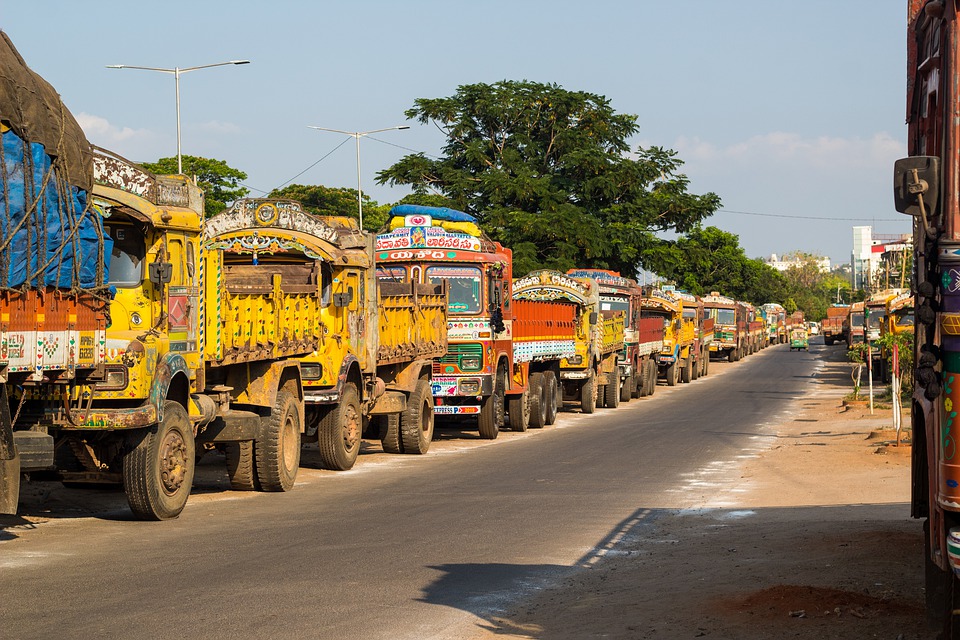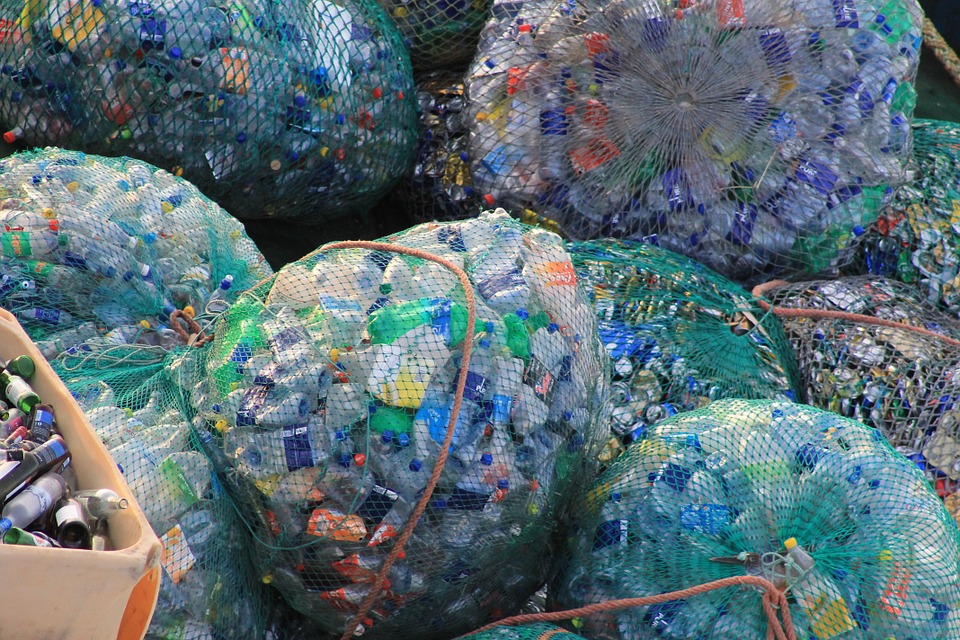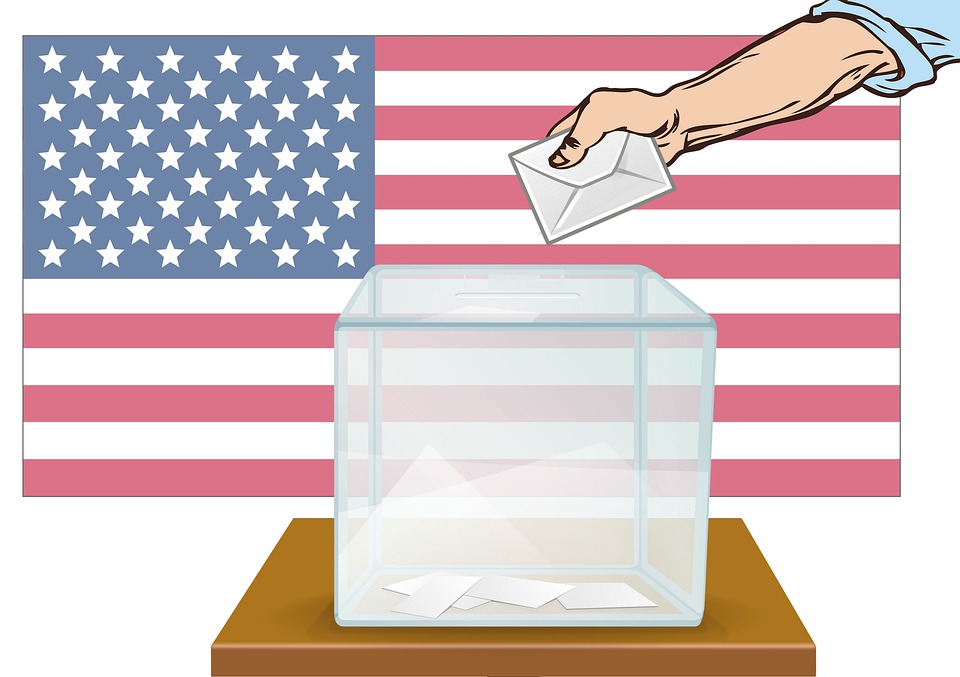One must earn before spending. The same holds true for the government and its numerous agencies as well. We all understand the significance of roads, railways and other infrastructure works carried out by the government, for without these essentials the country cannot progress. From laying of transmission lines for distribution of electricity to throwing open state-run schools and colleges to learners, there is a lot that our government does and in the process, incurs expenses.
The question is, where does government’s revenue come from? Easy- we all contribute in some way or the other. Individuals who earn more than a specified amount of money pay income tax, companies and partnership firms pay taxes on their profits and all of us, from a child to an elderly pensioner, contribute to government’s kitty by paying indirect taxes that are levied on goods and services we consume, for example a pack of biscuit that we purchase from the market adds to government’s revenue since a small fraction of the price we pay goes as goods and services tax (GST).
Apart from taxes, government earns by way of interest on loans that it gives and also by divesting some stake that it holds in public sector companies. These all combine to form the income part of the annual income and expenditure statement, popularly referred to as the budget, presented by the union finance minister in the lower house of the Indian Parliament.
Here are some quick facts. Budget can only be presented by the government in the Lok Sabha since it is a money bill, and in case the Budget fails to pass in the Lok Sabha, it is indicative of loss of confidence in the government and the ruling political party may face a no-confidence motion eventually leading to dissolution of the house. The President of India’s assent is mandatory before the budget is presented and lately the government has advanced the date for presentation to February 1 in place of the last day of February.
Each ministry of the government, for example the Ministry of Human Resource Development, Ministry of Women and Child Development, Ministry of Textiles, is allocated a certain portion of money for the financial year so that they can carry out development works in their respective domains. Also, the government incurs expenses on providing financial support to backward and vulnerable sections of the society, for example certain sums of money are earmarked as subsidy to farmers for fertilizers, scholarship to minorities and other centrally sponsored schemes.
Many of you would have come across the term ‘fiscal deficit’. It implies that the government plans to spend more than it expects to earn as revenue in the upcoming financial year. Fiscal deficit is financed through issuing bonds (borrowing money) or printing more money. Although prudent financial practice does not allow a large deficit, developing countries tend to spend extra so that economic development can be achieved by way of infrastructure creation and more employment opportunities for the workforce.In simple terms, the union budget presented every year is an estimate of what the government of the day expects to earn and how much and in what ways does it plan to spend.
Suvipra aggregates essential blogs in one place for enhancing general awareness and intellect of the readers.
Reach a wider audience for free!
To get your blog published on Suvipra.com, click Submit Your Blog
Increase the number of clicks to your own website for free!
To submit the link to the blog on your website, click Submit the Blog Link


























